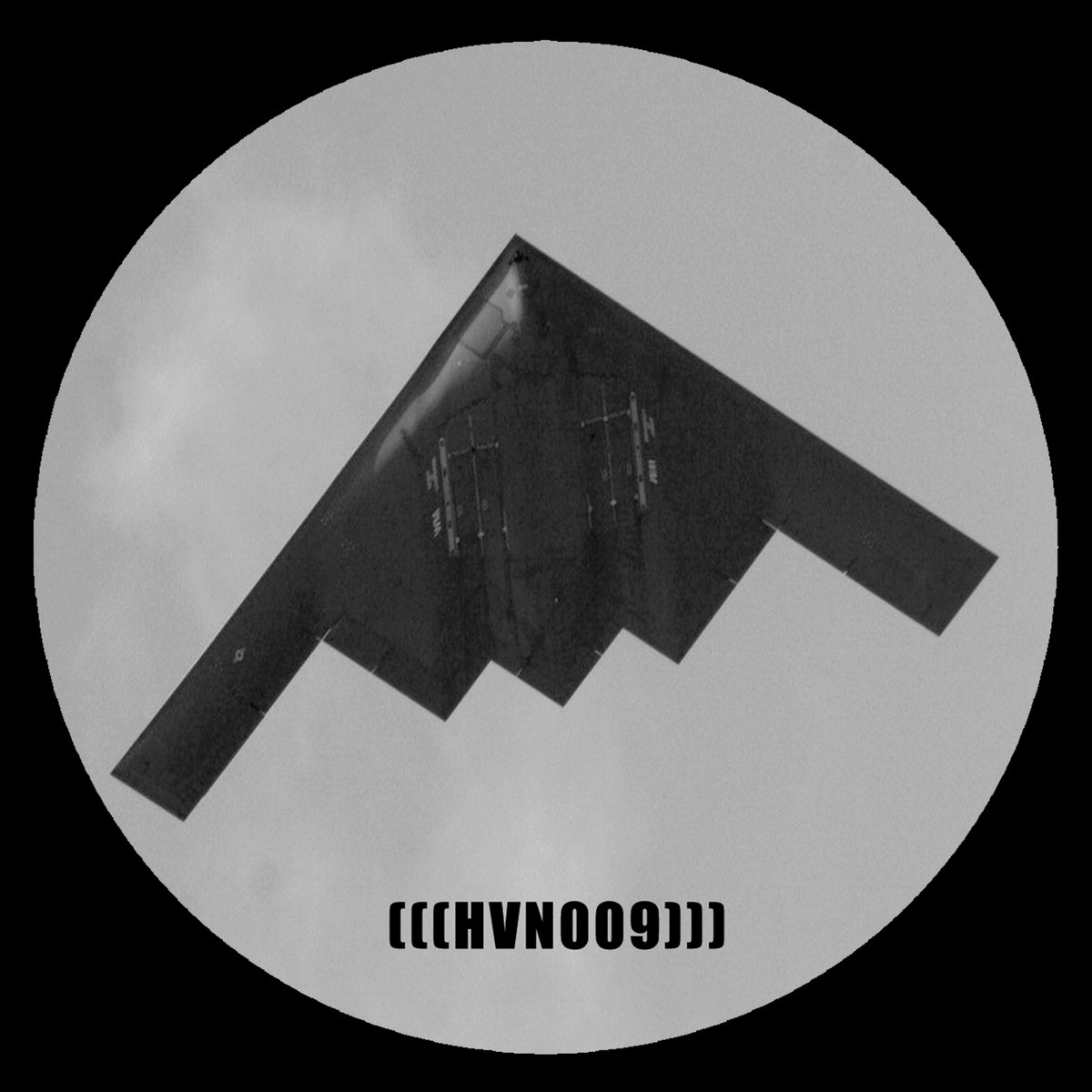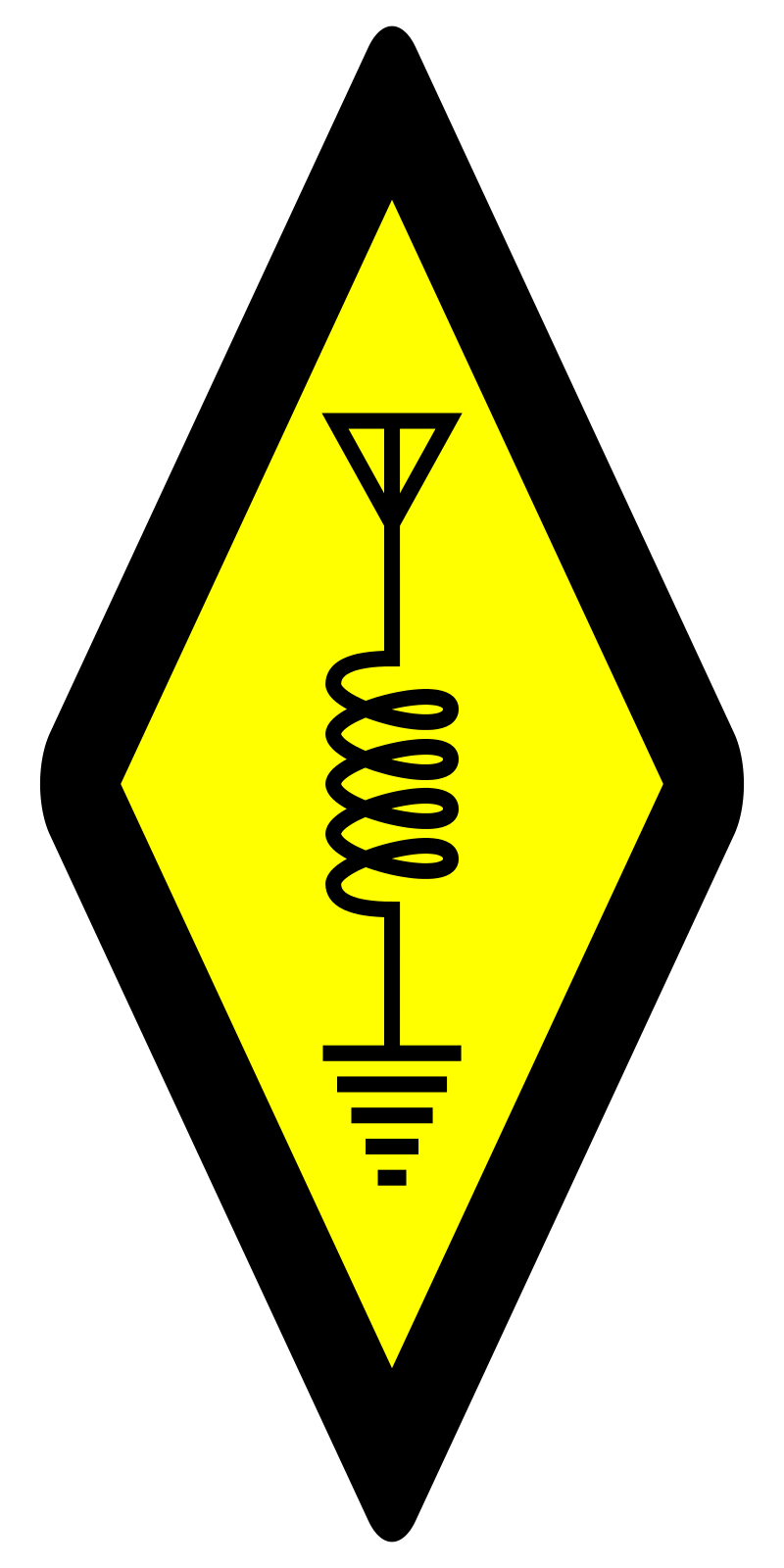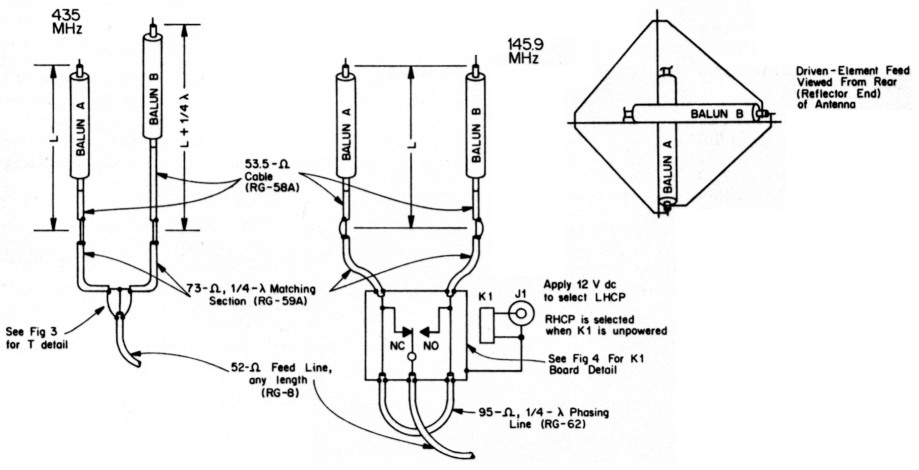

I don’t know if you need common current mode choke like this, it’s probably overkill, popping 3-4 ferrite beads on normal sized coax should be enough. Some people don’t even use it at all and things still work for them. You can also always use folded balun or sleeve balun as a common mode current choke. This toroid is only 20mm in diameter or so, and RG174 has minimum bending radius 6mm, so it’s abused a bit but not that much. It’s probably good for lower bands like 6m too. Alternative is to use a pair of twisted wire in parallel (these have 100 ohm impedance or so, two in parallel are closer to 50) wound on ferrite (more common on HF), and if size restrictions exist, you can use tall and narrow non-split ferrite bead instead of wide and short toroid like this one i’ve used. Also i made it this way because that’s what i had in my drawer. Maybe it was not balun that was narrowband, but radiating element is a limitation instead?




Check first on a smith chart whether transmission line that you can easily make or get and adjust its length has proper impedance for both source and antenna. The shorter length matching section has, the wider bandwidth you’ll get. There are typically two solutions, of which one is better. Ideally you’d like to have transmission line impedance a bit lower than what would be needed if only transmission line part was used (without stub)
If you want to make a yagi, or mount antenna close to a mast and don’t care particularly hard about extremely uniform coverage, you can modify impedance by changing distance to reflector. If you want to use something like this https://www.wa5vjb.com/yagi-pdf/cheapyagi.pdf then this antenna (radiating element) is already unbalanced and doesn’t need balun that badly